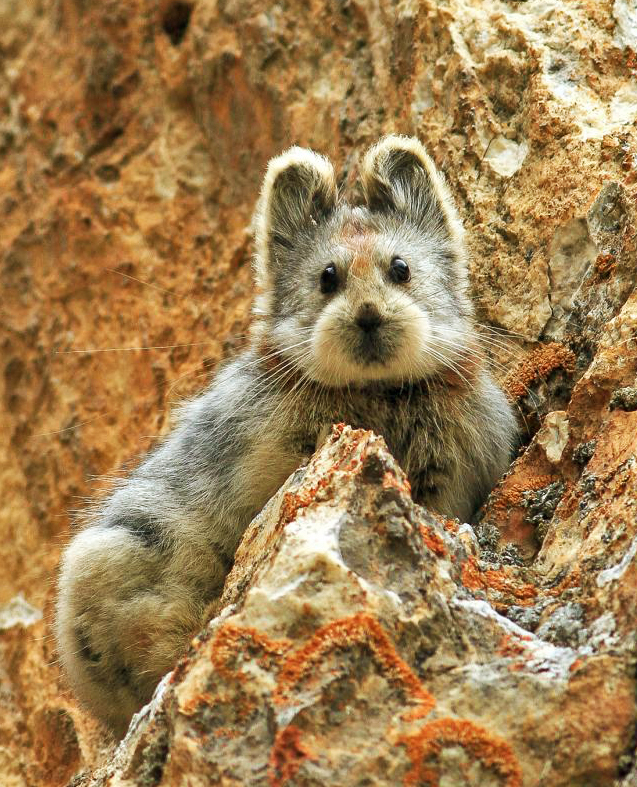
As Pokémon Go gamers go bananas around the world, reportedly putting themselves and everyone else in danger by hunting for Jigglypuff and company whilst walking and even driving, Love Nature has attempted to track down a real life Pikachu. And regardless of your thoughts on Pokémon, we think you really might want to see this…
According to Bulbapedia, the community-driven Pokémon encyclopedia, Pikachu is a short, chubby rodent, covered in yellow fur, with long pointed black-tipped ears. ‘Its forearms are short, with five fingers on each paw, and its feet have three toes,’ the site says. ‘It is classified as a quadruped, but it has been known to stand and walk on its hind legs.’
OK. Sounds do-able within the wonderful realms of real nature.
‘It has two brown stripes on its back, and its tail is in the shape of a lightning bolt with a patch of brown fur at the base,’ the description continues. ‘It has a small mouth, brown eyes, and two red circles on its cheeks. There are pouches inside its cheeks where it stores electricity.
Right. Some of that might be a little trickier.
Our Pokémon Go-style hunt took us first to Kenya, where those fun-loving fauxtirers at Huzzler once reported that villagers had captured a live Pikachu, which had been ‘confirmed to have electric capabilities’. Obviously this turned out to be nothing but a Poké con but, undeterred, we skipped across to China, and struck gold.


To be fair, it was a gentleman called Li Wei-Dong who actually discovered the Pikachu-alike, which is properly called Ili pika, but is sometimes brilliantly known as the magic rabbit.
A conservationist, Li first spotted the cute little critters in the Tian Shan mountains of northwestern China in 1983, and named the species after his hometown, Ili. He clearly recalls that first meeting:
‘I had been climbing a mountain for four hours, and was just catching my breath, when suddenly, I saw the shadow of a small creature running by,’ he explained to the BBC. ‘I sat down next to some rocks, and suddenly two bunny ears emerged from the crack of one of the rocks. The little thing was staring at me, blinking at me. I thought it was the most beautiful and bizarre creature I’d ever seen. I couldn’t believe my eyes.’
That was the start of a three-decade quest to document the Ili pika for Li. It soon transpired that the animals was highly endangered, however. With a wild population less than 1000, they’re far rarer than pandas, and in the first 30 years after their discovery, only 29 were spied by anyone, let alone Li.
In 2014, however, Li struck lucky again, sighting and, most importantly, photographing the elusive creature for the first time since the early 1990s. The intervening period hasn’t been good for the shy animal. Climate change and a rapidly growing human population around the bottom of the mountain has seen the habitat of the Ili pika shrink by up to 71% In the past 30 years, according to Li.
‘The Ili Pikas all live on isolated mountain tops, so their habitats are highly fragmented,’ he explains. ‘Losing even one is detrimental for the entire group… We cannot let them disappear in front of our eyes.’
The miniature mammals, which grow to about 25cm and live in burrows within small crevices in mountain rocks at elevations of 3000 to 4500 metres, do have brown stripes down their backs. Sadly, however, there’s little evidence that they can store electricity in their cheeks.
